Top 5 Tips for Manitoba’s Muzzleloader Whitetail Season
As October rolls into November, Manitoba’s whitetail woods enter one of the most exciting windows of the season – muzzleloader season. The youth muzzleloader hunt kicked off October 13, followed by the general season from October 20 to November 9, creating an ideal stretch that bridges predictable pre-rut patterns and the early stages of the rut, when bucks begin to spar, work scrapes, and expand their range in daylight.
The combination of crisp fall weather, vibrant colours, and increasing deer movement makes this one of the most enjoyable times to be in the field. Whether you’re hunting farmland edges, Interlake bush country, or deep northern timber, success during muzzleloader season comes down to understanding deer behaviour during this transition period, and playing to the strengths of your setup.
Here are five tips to help you make the most of Manitoba’s muzzleloader season.
It’s worth noting that season dates and regulations can vary between Game Hunting Areas (GHAs) across the province. Hunters should always reference the Manitoba Hunting Guide to confirm all current seasons, zone boundaries, and regulations before heading out.
1. Focus on Bed-to-Feed Patterns While They Still Hold
Early in muzzleloader season, deer remain somewhat predictable. Bucks may be checking scrapes, sparring lightly, and showing more daylight movement and interest in does, but most are still following their familiar bed-to-feed routines. Cooler temperatures and shorter days have them feeding more heavily ahead of the rut, and those consistent travel patterns give hunters one of the last good chances to target mature bucks on a routine.
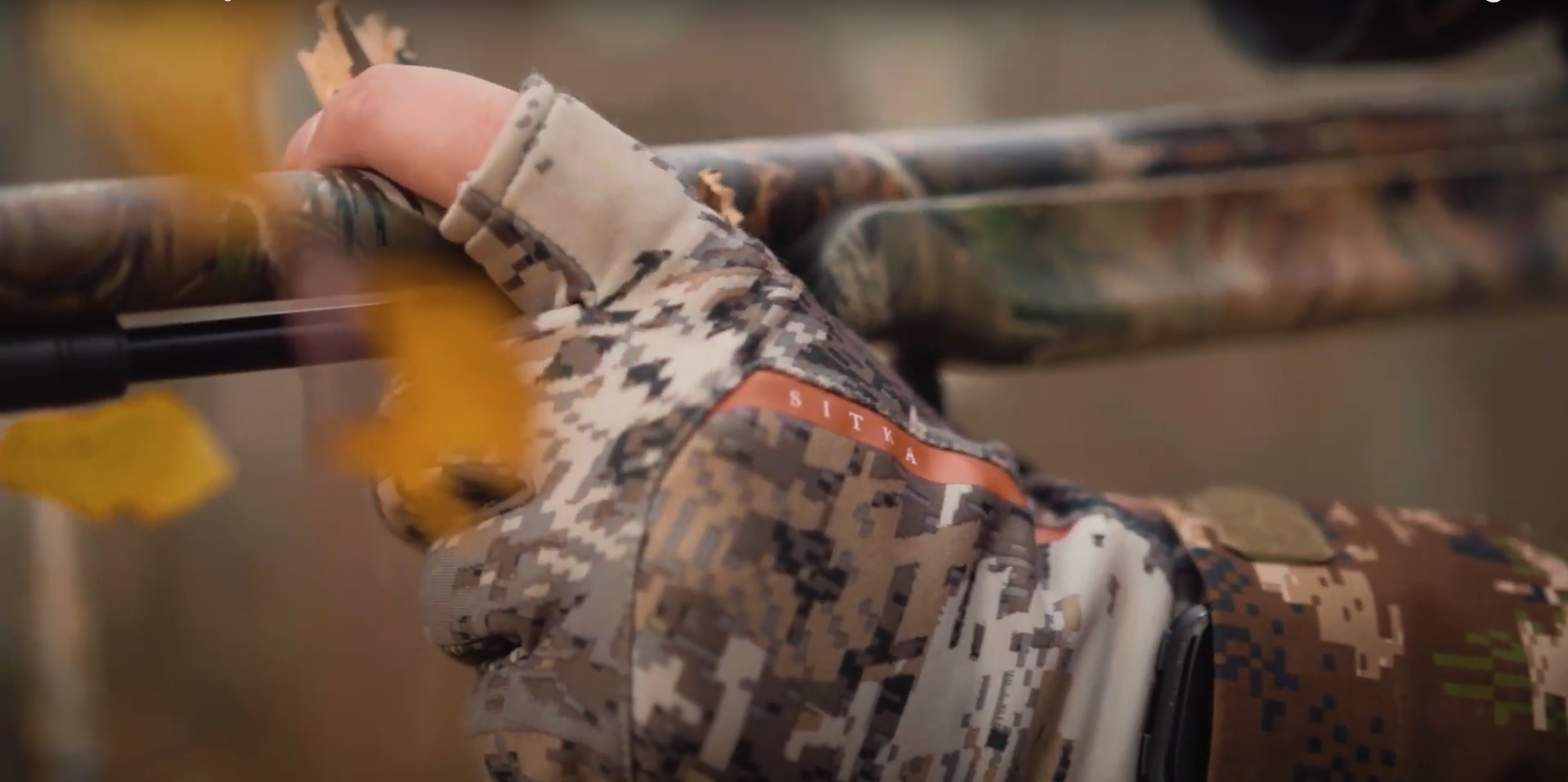
This is the time to key in on transition routes between bedding areas and evening feed zones. Use trail cameras or light scouting to pinpoint natural funnels such as creek crossings, grassy fence lines, or sparse oak ridges connecting agricultural fields or other feeding areas. Fresh tracks or lightly used side trails often indicate these daily travel paths.
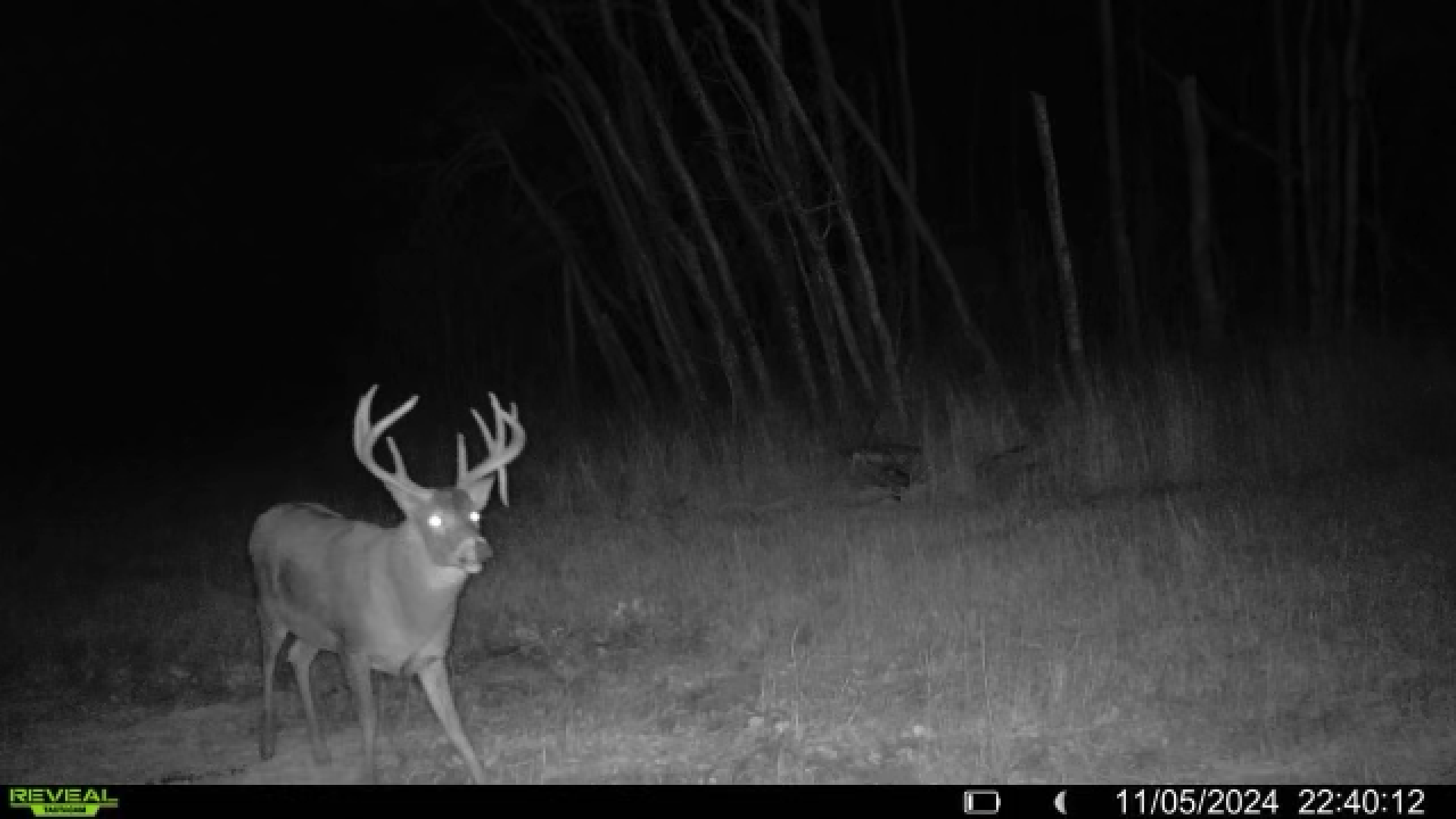
Position just off the main trail, with your wind drifting safely away from expected movement. Pay attention to thermals and how your scent carries on calm mornings. This pattern-based approach is especially effective through the first stretch of the season, before mature bucks start breaking habits and roaming wider as the rut takes hold.
2. Hunt Fresh Sign and Active Scrape Lines
By late October, deer sign begins to explode, scrapes, rub lines, and fresh tracks start showing up seemingly overnight. These are some of the best indicators of buck activity during the muzzleloader season.
While many scrapes are still checked under the cover of darkness, don’t overlook hunting directly on active scrape lines, especially toward the end of the muzzle season, as daylight activity ramps up. Freshly opened or reworked scrapes along field edges, cutlines, or bush transitions often see more daytime traffic as bucks become bolder.
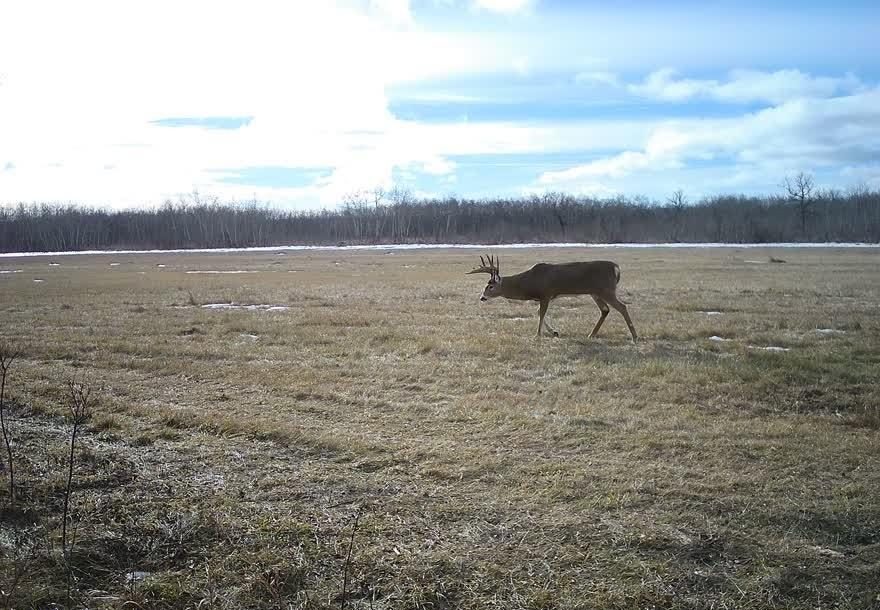
Position yourself just downwind of these active scrapes or along trails leading between them and known bedding areas. On calm mornings or following a temperature drop, bucks often scent-check these zones in daylight, making them high-value stand locations.
Setting trail cameras on or near scrape lines can also help you determine when bucks are using them most, whether it’s during the first light, late afternoon, or through the night. This insight can guide your hunt timing and confirm when it’s worth committing to a sit right over the sign.
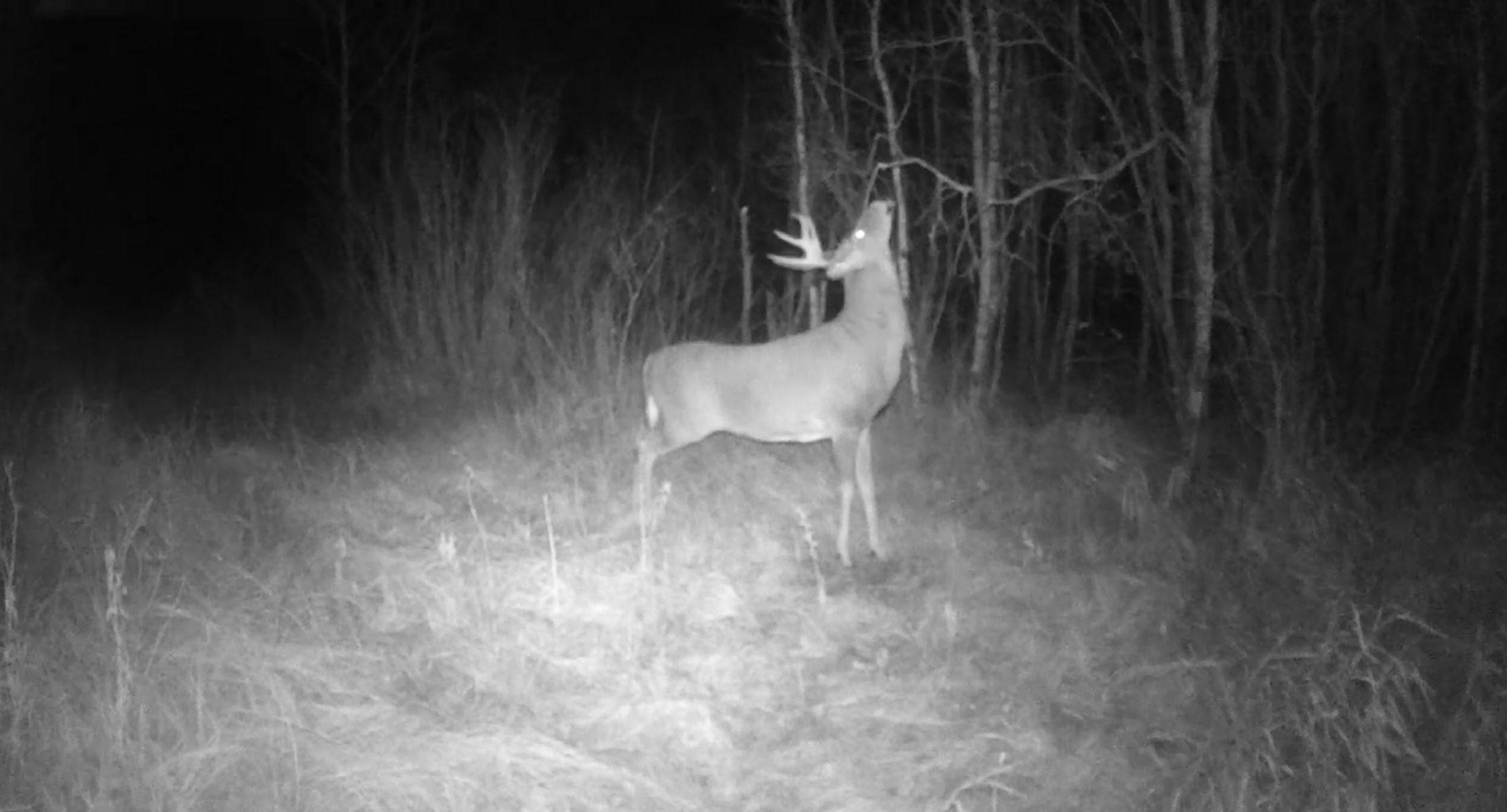
Stay adaptable as the rut nears. New scrapes and rubs can appear daily, and being willing to adjust your setup to where the freshest sign is can quickly put you in the action.
3. Play the Weather — Cold Fronts Change Everything
Few things influence deer movement like weather, and during Manitoba’s muzzleloader season, cold fronts are often the single biggest trigger for daylight deer activity.
When a front rolls through, bringing a sharp temperature drop, shifting winds, or a rise in barometric pressure, deer instinctively feed heavier and move more during daylight to prepare for the colder stretch ahead. They sense the change in air pressure and know it signals that the weather is about to tighten up. In simple terms, when the pressure rises and the air clears after a front, deer feel more comfortable being active, especially during daylight hours.
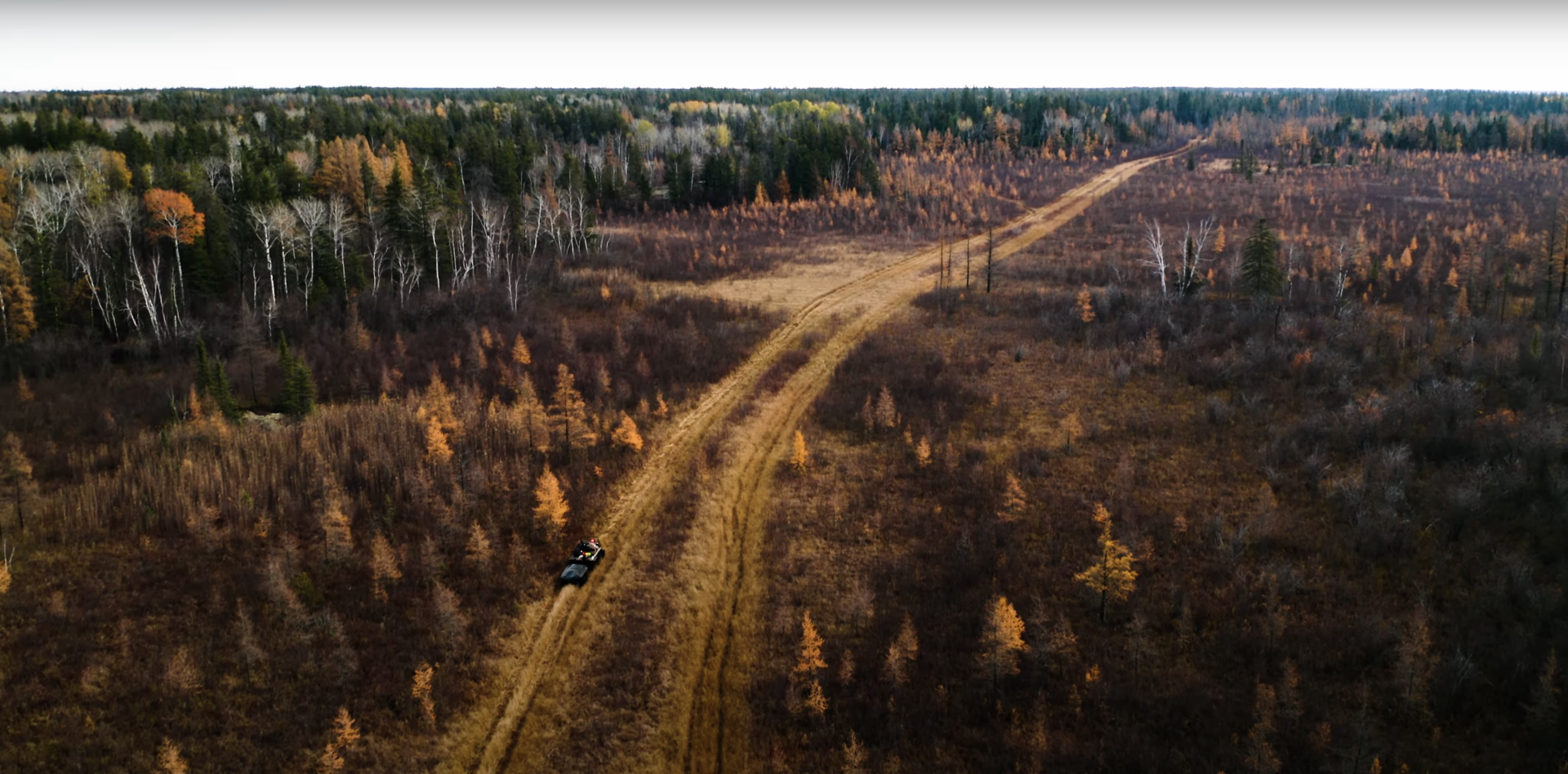
In the forecast, look for a combination of:
- A sudden temperature drop of 8 to 12°C (around 15–20°F) or more.
- Rising barometric pressure above 101.6 kPa (about 30 inHg) once the system passes.
- Clearing skies and calm winds following rain, snow, or heavy gusts.
These “reset” conditions often lead to strong deer movement, particularly on the first calm, frosty morning after the front moves through. If possible, plan your sits to line up with that shift; the first stable day after changing weather is often your best shot at catching a mature buck moving during daylight.
Also, don’t overlook the hours leading up to a front. As the pressure starts to fall and the wind picks up, deer often feed heavily ahead of incoming weather. If you see low gray skies, dropping temperatures, and falling pressure, that’s your cue to be in the stand early.

With muzzleloaders, wind awareness is everything. Limited range means scent discipline matters more than ever. Always plan your setups so your wind drifts away from bedding and travel corridors, and make small adjustments if direction changes through the day. Even the best cold front won’t help if your wind isn’t right.
4. Use Calling and Scent Strategies as the Rut Builds
During the muzzleloader season, buck behaviour shifts quickly. Early on, light grunts and soft bleats are often enough to draw curiosity without raising suspicion. But as the season pushes into November and the rut gains momentum, deer become far more responsive to calling, scent, and even light rattling.
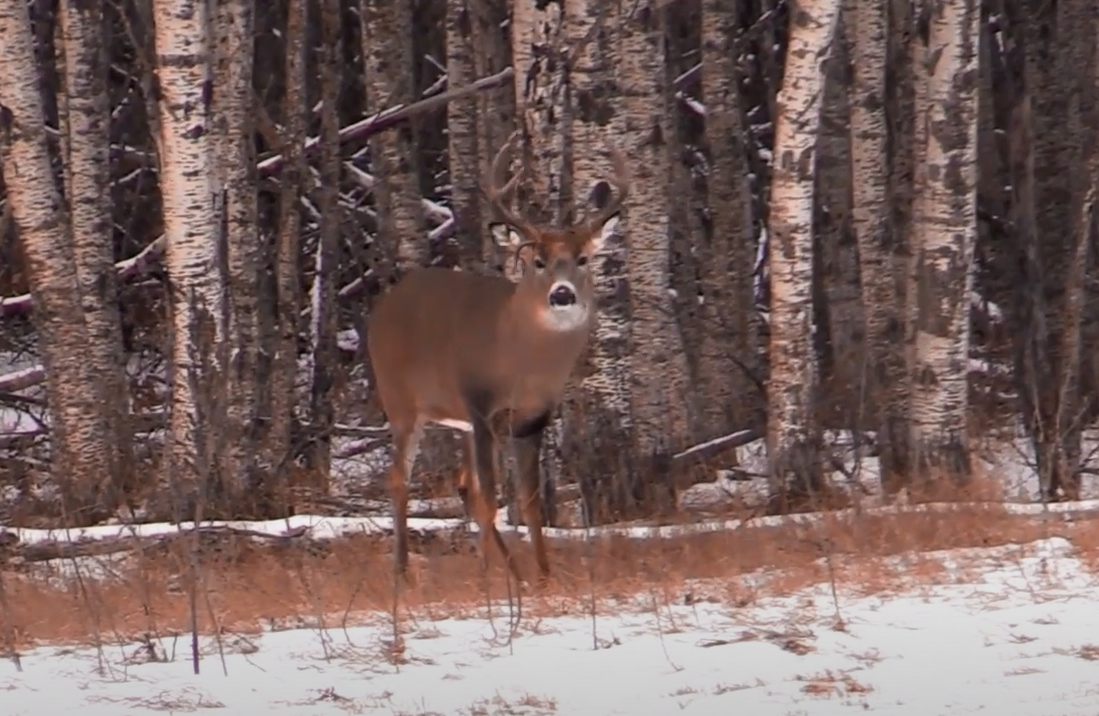
Start the season with subtle calling: short grunt sequences or a soft doe bleat every half hour or so. Pair these sounds with a scent trail of estrus or buck urine near a natural scrape or along a travel corridor. There are tons of options of scent lures like this at your local hunting shop. The goal is to create realism, not overwhelm the area. These small cues mimic what deer are already hearing and smelling in the woods.
As the rut approaches in early November, you can turn up the volume slightly. A short rattling sequence or tending grunts around active scrape lines can be very effective, especially when bucks are checking scrapes during daylight. These sounds simulate the first signs of competition and can pull in territorial deer that are already on edge.
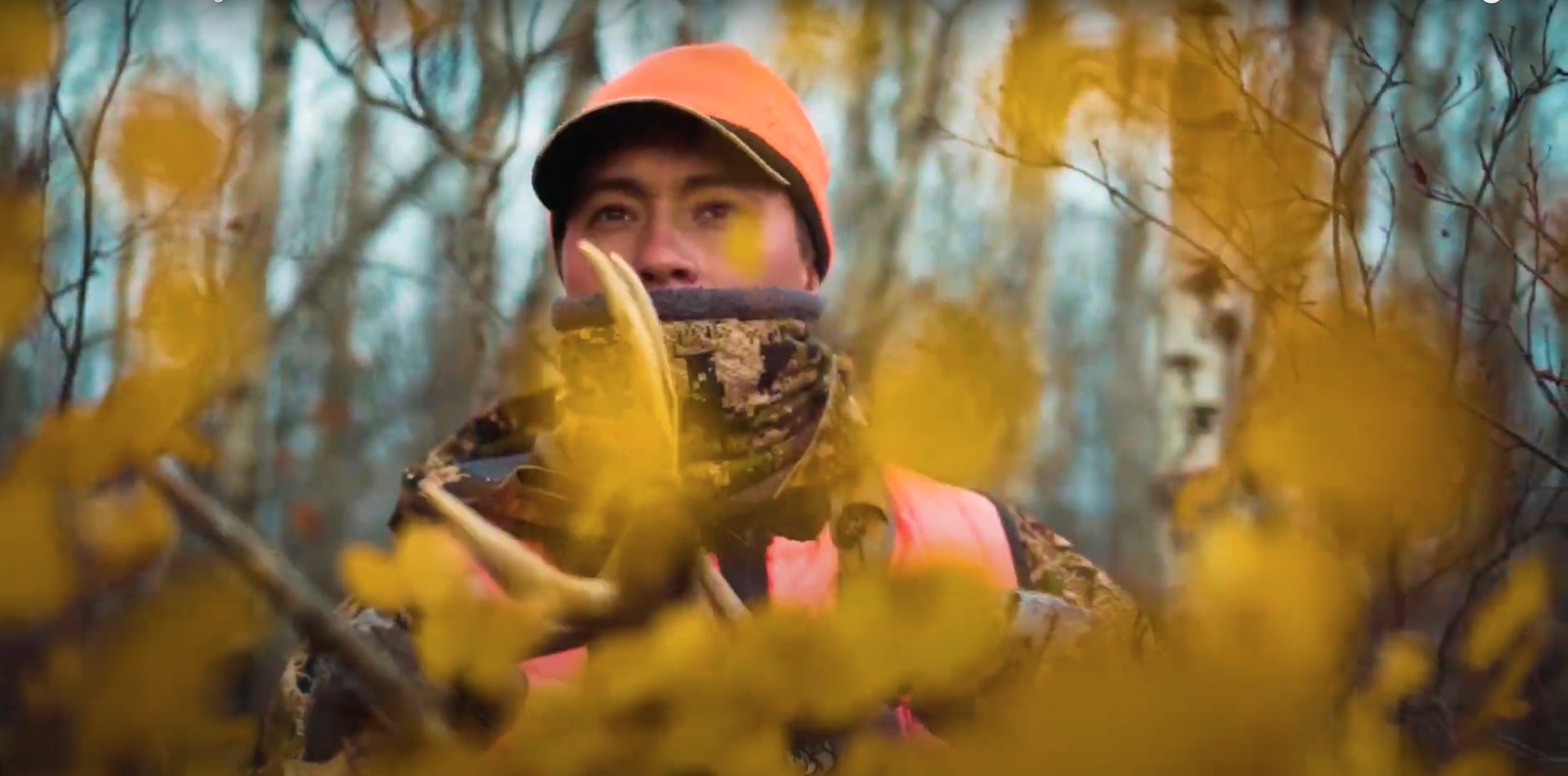
If you’re targeting a specific mature buck, hang a mock scrape and pair it with a camera. This not only helps confirm which deer are using the area, but also tells you what time of day they’re visiting, valuable intel for timing your hunt.
Remember, even late in the muzzleloader season, calling still works best when it sounds natural. Avoid overdoing it, and give the deer time to respond. Sometimes all it takes is a few soft grunts or a brief rattle to trigger curiosity from a nearby buck that’s just out of sight.
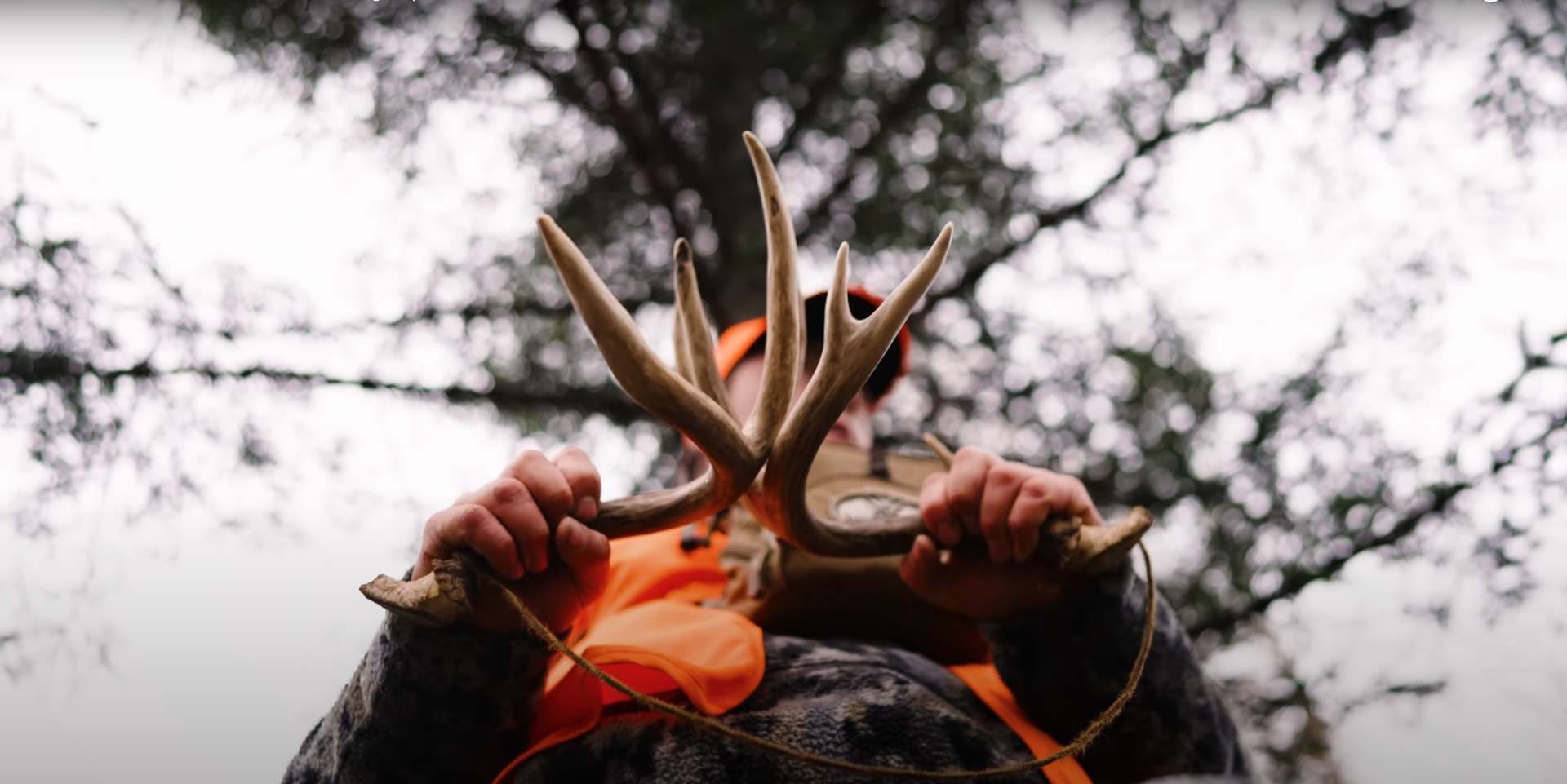
5. Perfect Your Setup and Shooting Window
Muzzleloader hunting rewards preparation and patience. You’ll often get just one clean shot, so your setup and routine need to be completely dialed in.
Choose stands or blinds that offer steady rests and clear shooting lanes, trim branches, and mark key distances with a rangefinder. Before the hunt, practice quietly pulling your gun up in your stand or blind to make sure you can do it smoothly and without noise.
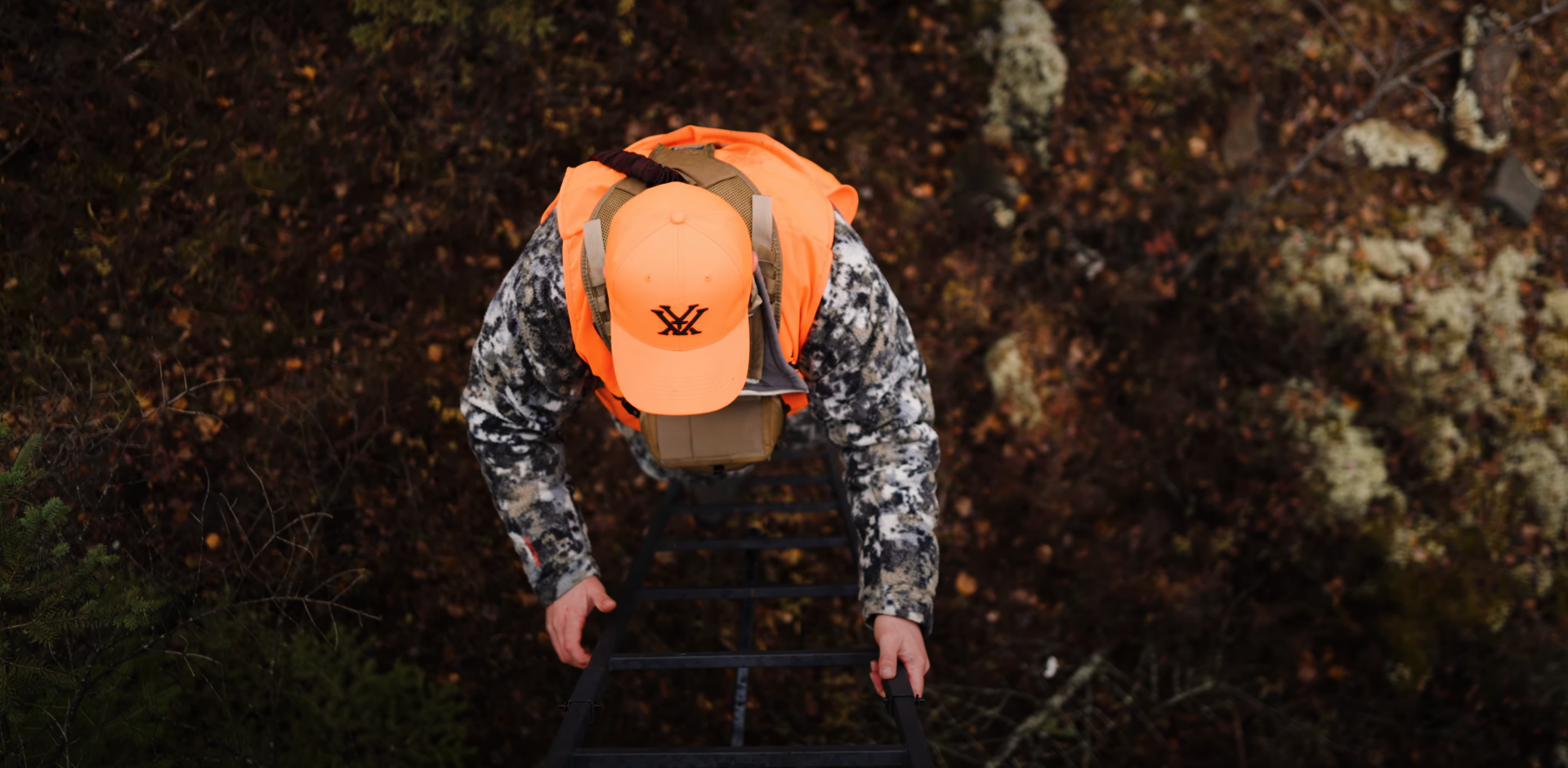
Be familiar with your muzzleloader and practice reloading until it feels natural. There are different types of speed loaders that make reloading faster and quieter, which can help if you ever need a follow-up shot. Keep your loading gear organized and within easy reach. Something like a pouch or pocket setup that you can work from without movement or noise.
Spend time before the season practicing from realistic positions like sitting or kneeling, and rehearse reloading between shots. The more natural the process feels, the more confident and calm you’ll be when that single opportunity appears.
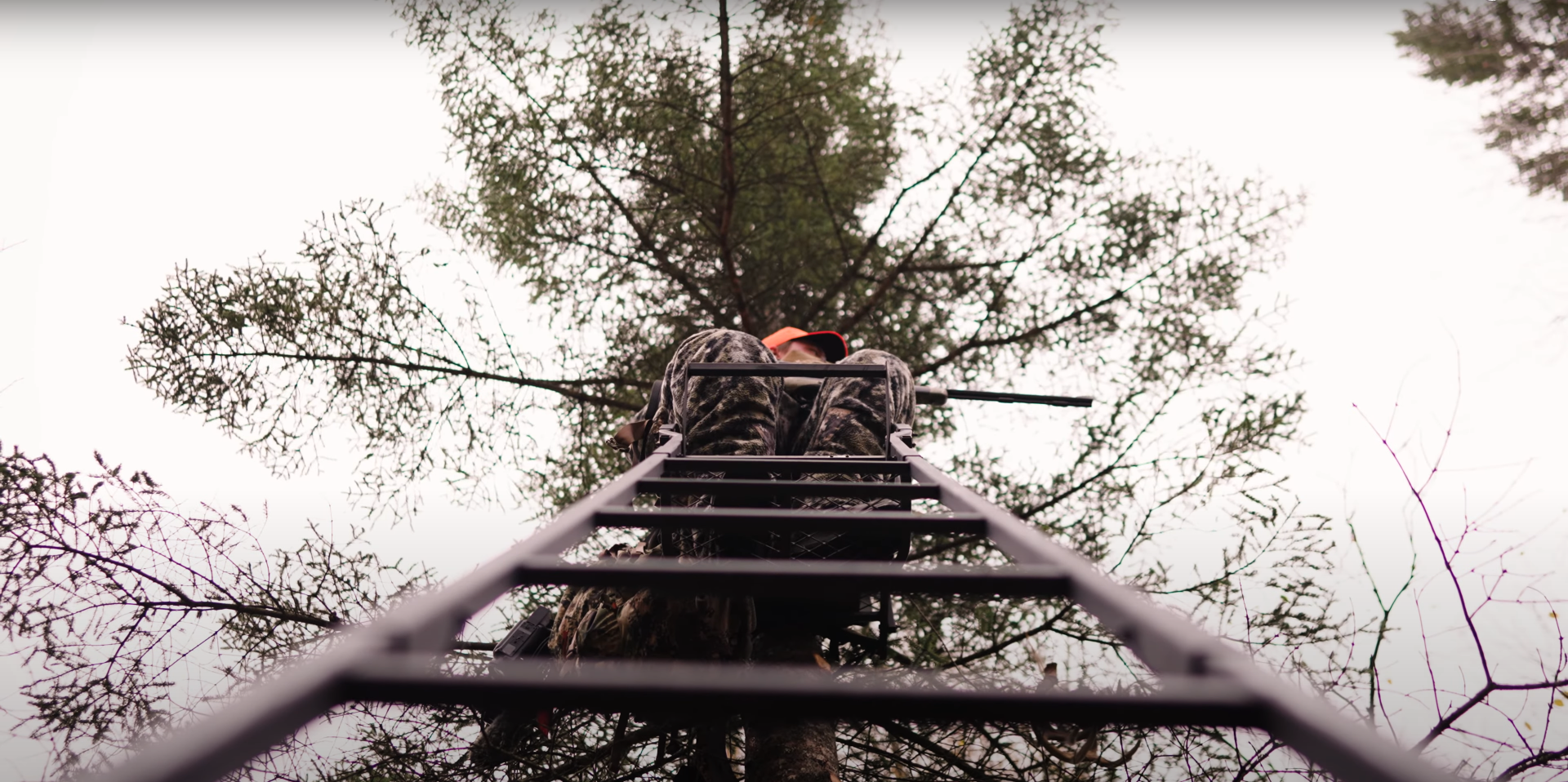
Bonus Tip: Stay Out Longer
As late October shifts into early November, deer movement expands beyond the first and last light. Bucks begin to cruise mid-morning and early afternoon as rutting instincts kick in.
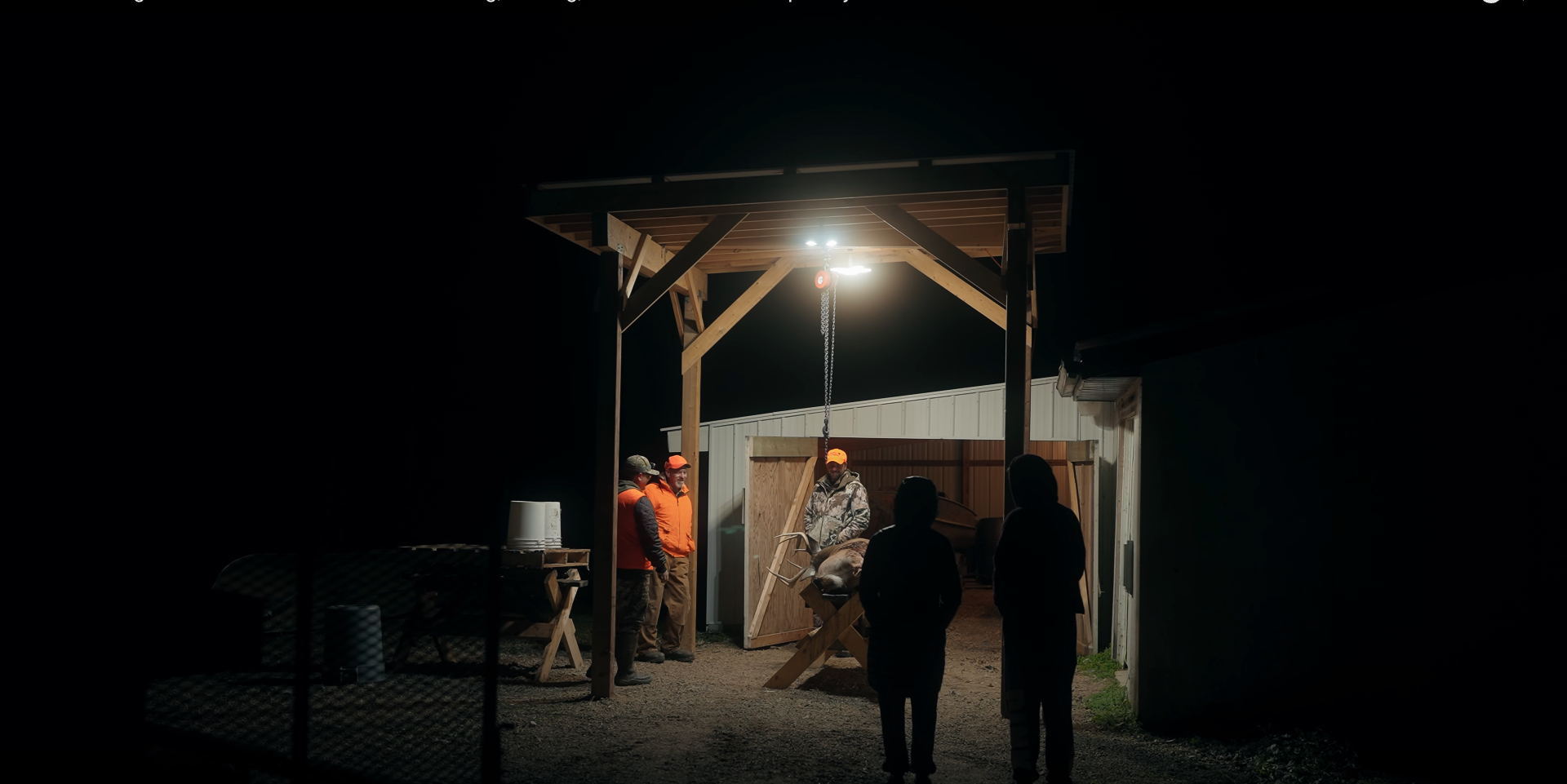
If the wind is right and activity is steady, consider staying on stand through the day. Midday patience often rewards the hunters who are still in the woods when others head home for lunch.
Making the Most of Manitoba’s Muzzleloader Season
Manitoba’s muzzleloader season hits a sweet spot, when deer are active, the weather is comfortable, and bucks are beginning to show rut behaviour without abandoning their core areas.
By combining smart setups with weather awareness, subtle calling, and precise shooting preparation, you can turn this mid-fall window into one of the most rewarding hunts of your year.
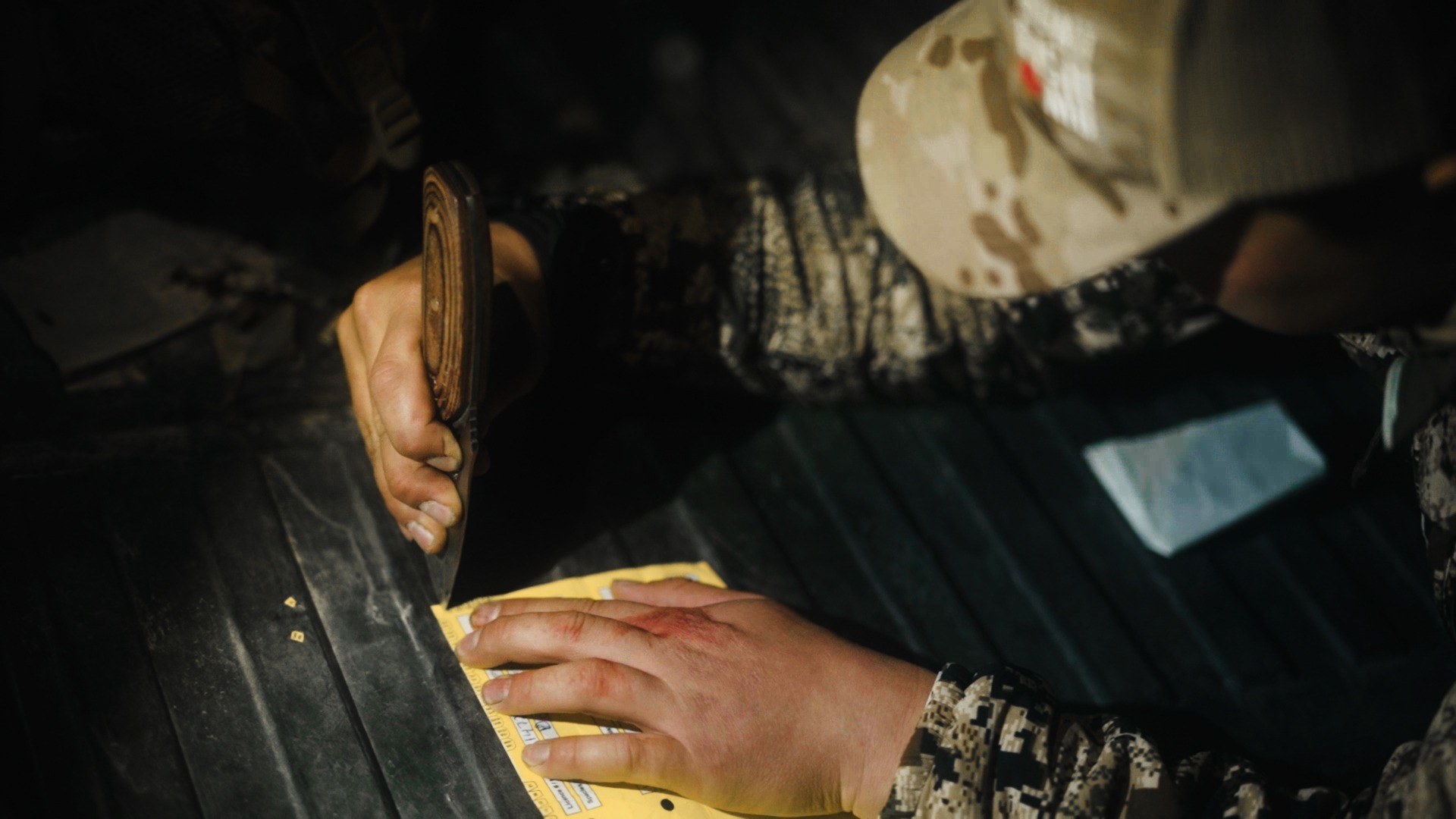
Before heading out, make sure to review all season dates and regulations in the Manitoba Hunting Guide to stay safe and compliant across your Game Hunting Area.
Stay tuned for our upcoming Top 5 Tips for Manitoba’s Rifle Whitetail Season, where we’ll dive into full rut tactics and strategies to close the deal on a late-fall buck.
Also, check out our other whitetail blogs below for more insights and advice.





